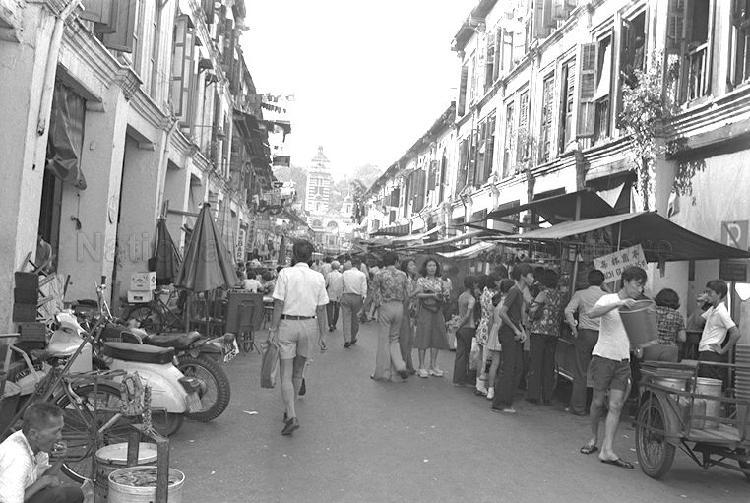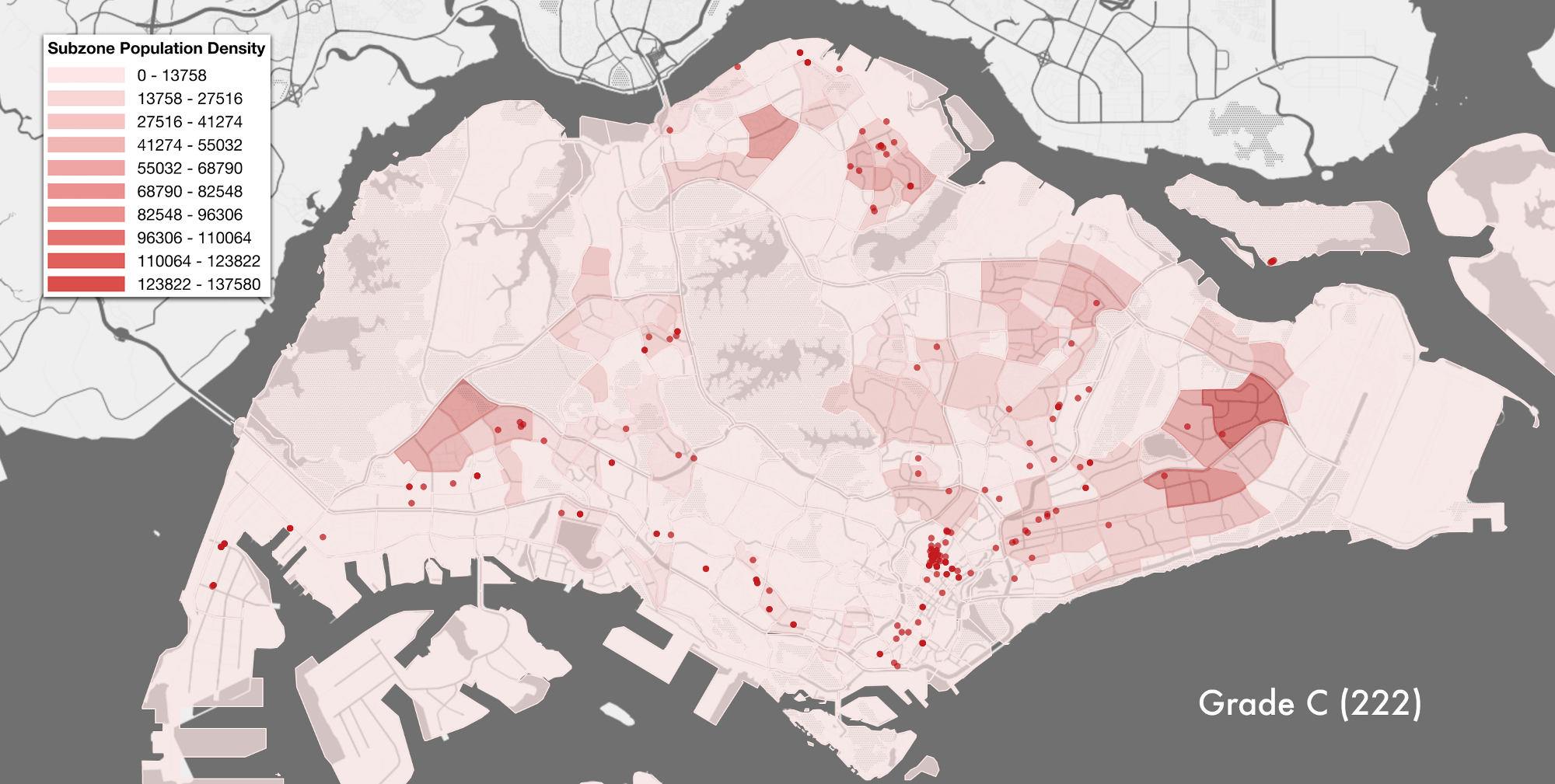Before we had modern sanitation and cleanliness standards, there was a time when hawker food was associated with rodents, pollution and diseases.
Thankfully, this isn't a problem we have to deal with today.
Since Singapore's independence, great strides have been made to improve sanitation and hygiene standards.
From street peddlers to cleanliness grades, food hygiene in Singapore has come a long way.
Hawker hygiene over the years
Way before hawker centres were introduced, hawkers were itinerant and often threatened public health.
Waste was disposed of improperly, resulting in pollution and rodent infestations. Food served by hawkers were also linked to cholera and typhoid outbreaks.
 Photo from NAS.
Photo from NAS.
Eventually, hawker centres were built to house these street hawkers from the 1970s onwards. This facilitated higher standards of hygiene since hawker centres were equipped with proper facilities for food preparation, cooking and sanitation.
Other efforts to improve hygiene standards include a Demerit Points System (first implemented in 1987) and a cleanliness grading system (implemented in 1997).
Under the cleanliness grading system, food stalls in hawker centres are given a grade (A, B, C or D).
[related_story]
Blog visualises food hygiene data
In a 2016 post "Is dirty delicious?", this data.gov.sg blog visualised and interpreted food cleanliness data using a dataset comprising all food outlets in Singapore.
This blog presents food hygiene data in a refreshing way, even though the issue of food hygiene is not new.
For instance, check out this gif of the distribution of food outlet grades in Singapore by location:
Thankfully, there are currently no D grade outlets in the National Environment Agency (NEA) dataset.
The blog even shows the distribution of C-grade outlets relative to population density:
 Photo from Blog.data.gov.sg
Photo from Blog.data.gov.sg
It seems like they are located in places with fewer people.
They have also found that most customers who give Yelp reviews for suspended outlets don’t seem to be concerned about the cleanliness. Perhaps Singaporeans give priority to food that taste good regardless of grades?
These are the most commonly used words for suspended outlets visualised in a word cloud:
 Photo from Blog.data.gov.sg
Photo from Blog.data.gov.sg
The most common words are "good" and "prata".
Difference between grades and demerit points
Other than highlighting cleanliness grades, the blog also has interesting findings regarding the relationship between demerit points, cleanliness grades and suspended outlets.
While it may seem intuitive that lower grades have a correlation with higher demerit points, the blog points out that this is not true:
 Photo from blog. data.gov.sg
Photo from blog. data.gov.sg
However, they do find that C-grade outlets are indeed more likely to get suspended.
 Photo from blog. data.gov.sg
Photo from blog. data.gov.sg
This analysis is noteworthy because it reveals the different metrics for managing food outlet cleanliness.
Not many people are aware that the cleanliness grading system is separate from the Points Demerit System (PDS).
Points Demerit System
The PDS was introduced earlier in 1987, and pertains to suspension or revoking of hawker licenses. If hawkers violated public health laws, they would receive demerit points and repeat offenders might have their licences suspended.
Cleanliness grades, however, were introduced in 1997 to encourage the outlets to do better in terms of cleanliness. The grades have to be prominently displayed so customers can make an informed decision in deciding whether or not to patronise a stall.
Nevertheless, these standards are indicative of the evolution of food hygiene standards, and will continue to change with the times.
Top photo image from NAS
If you like what you read, follow us on Facebook, Instagram, Twitter and Telegram to get the latest updates.


